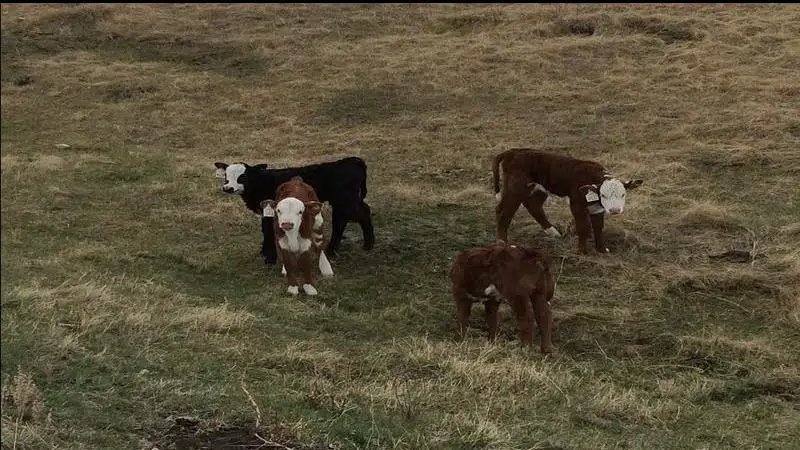
Study finds Alberta beef industry remains competitive
CALGARY — An industry competitiveness study has found that Alberta beef producers continue to successfully compete with their American counterparts. However, there are some issues clouding the horizon
Rich Smith, Executive Director of Alberta Beef Producers (ABP), says the study was initiated by ABP and the Alberta Cattle Feeders Association.
“The two groups engaged Serecon Inc. with Kevin Grier Consulting, to look at the competitiveness of our industries, specifically compared to Nebraska, Kansas and Texas, our three main competitors.”
Key highlights from the report include:
